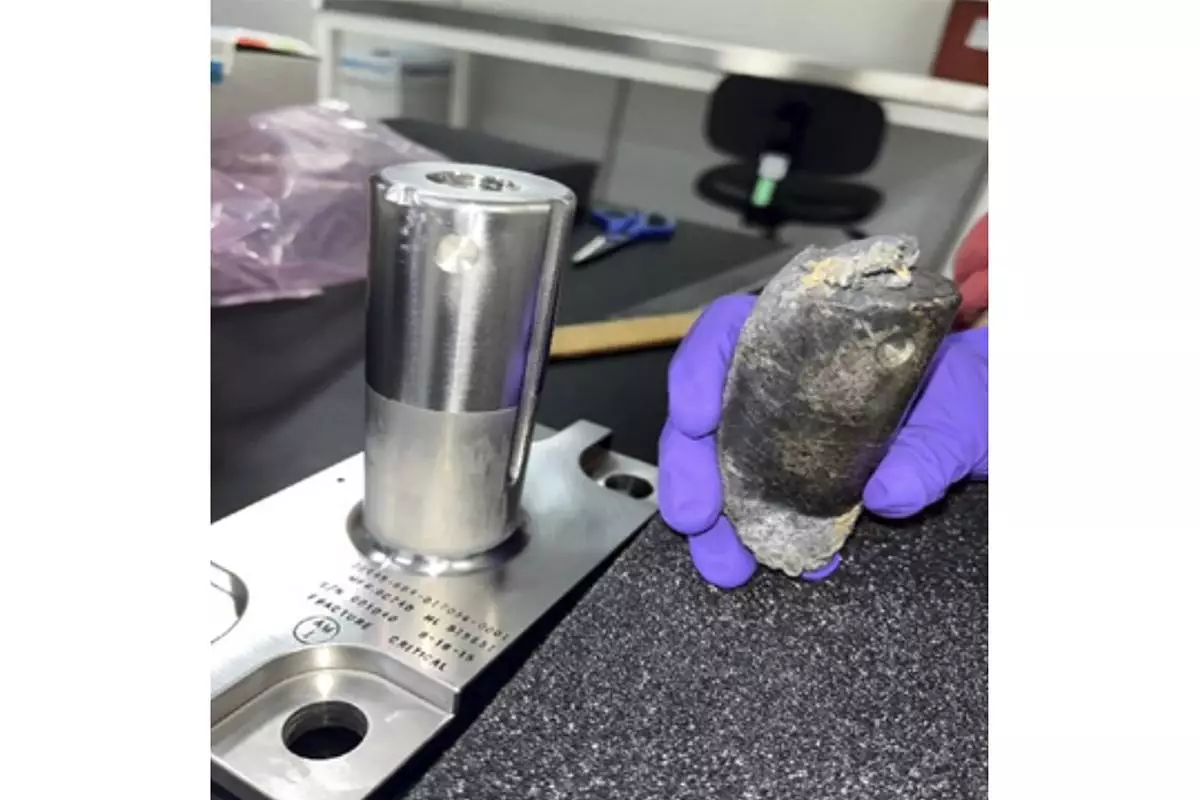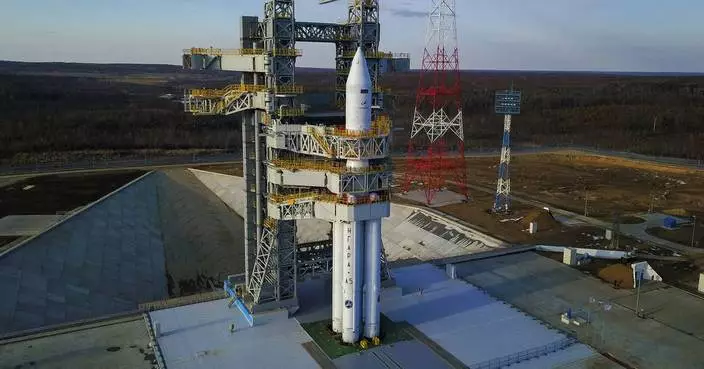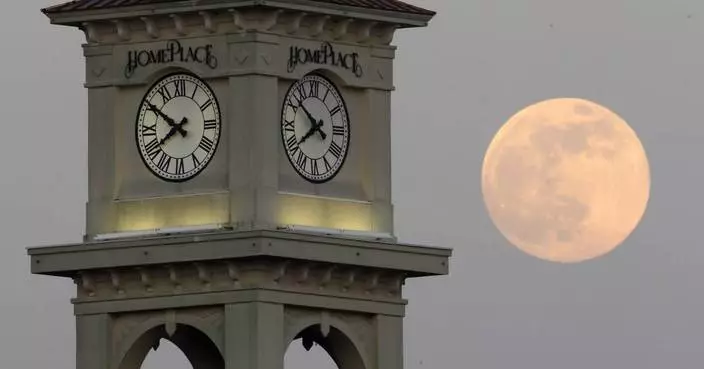Two men and two women volunteered and spent 200 days in a simulated space lab in Beijing, setting a world record for the longest stay in a self-contained "cabin."
The biomedicine students from Beihang University, the second group of volunteers staying in Yuegong-1, also known as Lunar Palace 1, completed the second phase of its 365-day on-ground experiment Friday.


The first group of volunteers, who had previously stayed in the cabin for 60 days, re-entered the cabin Friday to the replace the second group, starting the third and final phase which will last 105 days.
The experiment was designed to see how the Bioregenerative Life Support System (BLSS), in which animals, plants and microorganisms co-exist, works in a lunar environment, as well as the physical and mental conditions of humans in such an environment.
Water and food can be recycled within the system, creating an Earth-like environment.
A successful 105-day trial was conducted in 2014.

Liu Hong, chief designer of Yuegong-1, said the purpose of the new program was to test the stability of the BLSS when "astronauts" take turns living in the cabin.
"The longer-than-ever stage, during which time three unexpected blackouts happened, has challenged the system as well as the psychological status of the volunteers, but they withstood the test," Liu said.
The stage has broken the record set by an experiment of the former Soviet Union, in which three people stayed for 180 days in a similar closed ecosystem in the early 1970s.










